
Tim and Khiara left the morning after the second muster and I began making a list of things that needed done. Among these were getting internet service, opening a bank account, re shaping my hat, and sending post cards. The straw hat I had used for the muster had been replaced by a proper felt hat which Tony Elmer had given me to wear: a rabbit fur Statesman with cowboy style crown and brim. Unfortunately this hat was more Bonanza than Crocodile Dundee, so Tim had suggested I reshape the brim. For reference he recommended the ‘Man From Snowy River’ look: brim turned down at the front and flat around the edges. A little steam from the kettle made all of this possible.
But first things first: I wanted to find out more about the house I was going to be spending the better part of a year in. I had seen pictures online before coming here. The house was actually for sale and so any search online for ‘1-3 Mill Road, Monto, QLD 4630’ will show the house. I would find out a great deal about the place in the weeks ahead, but I’ve attempted to consolidate the things I learned into a single post.
Mill Road was named because of the mill next to the house. It was once quite active, but like much of the town and its industries, had long ago fallen into disuse. But I’ll explore this subject once we get to the town itself. For now we’ll stay in the immediate vicinity of the homestead.
The house itself sat up on stilts, or stumps, for the dual purpose of ventilation and to make the house less easily infiltrated by termites and other pests. There is no basement, only a shaded area under the house. Even in the hot part of the day it’s generally much cooler down there. The side effect of this was that I could often see sunlight through the floorboards. But the raised nature of the structure had proven a saving grace some years before when the area behind the house had flooded to the point that the stumps holding up the house were inundated by a foot of water. The foundation sits about five feet or so below the level of the front street and behind it is an area that, I was told, often becomes a lake in the rainy season. I would see firsthand evidence of this in days to come, but for the moment the weather seemed far too dry for that to ever be possible.
A second feature of the house is the strategic placement of doors and windows. In the days before air conditioning (air con) it was vital that there be uninterrupted air flow in order to keep the house cool. Doors and windows could be opened on almost every wall to accommodate this need. As a result, there is generally an immensely helpful breeze moving the air around. And because the humidity is low, one can generally escape the heat once out of direct sunlight. Additionally, the ceilings are 10 or 12 feet high which allows heat to rise at which point Whirly Birds (rotating spherical vents) on the roof then usher the warmer ceiling air out. I was very glad to discover that two of the rooms had AC just in case, as well as the hut. It should be noted that the a/c units here are different than those at home, as they are two part, reverse cycle, split system units. For the most part, though, the evenings were generally cool and breezy, and the air con was not needed over much.
The traditional Queenslander type home (type rather than style because any style home can be built as a Queenslander) is often painted in the ‘heritage’ color scheme of green, red, and yellow and has a very large, sloped steel roof. The walls were a very light beige color which made spotting creepy crawlies much easier. Verandas are standard and go around most of the house, but not all of it. These wide spaces offered additional protection from direct sunlight shining in and warming the house. In this house as in many, however, sections of the veranda have been closed in to create new rooms as families increased in size and more space was needed. In addition to the dining room, hallway, toilet, and bathroom all having been created in this fashion, a bathroom had been added under the house and a hut connected by a walkway had also been constructed to accommodate the needs of a five person family.
A nice section of open veranda on the side of the house and a small veranda off the back allowed for very pleasant barbecues or afternoons with coffee. I had once called the back item a porch, at which point Tuula had given me a look of sympathy and forced patience as though I was noticeably dribbling down my shirt and wearing a diaper on my head. She looked from left to right seeking for tactful words and forced the kind of smile one only uses when dealing with someone who has been medically diagnosed as ‘imbecilic’. She explained that what we were standing on was called a veranda and that porches are on the ground (at which point I joyously clapped the backs of my hands, giggled gleefully, flashed a one toothed smile, and requested some rocky road.) She later gave me the same treatment when I had suggested that not all Redback spider bites required immediate medical attention.) The view off the back veranda was wonderful.
Behind the house is a small yard with a fence separating it from the larger paddock that, in turn, sits behind it. This was originally where the family horses roamed and fed. Now there were a couple of colts being boarded there. This paddock wrapped around the mill. The back veranda overlooked the neighboring pasturage where resided cows, horses, and a host of birds. The centerpiece of this area was a small glen where whistle ducks, pelicans, and corellas spent their days. But the most ‘rural Australian’ feature of this yard was the many bits of farm machinery, vehicles, and appliances that dotted the area. They were a sort of a mechanical coral reef and added interesting features for the birds and mammals to navigate.
When I had first seen house I had noticed a large tank up on stilts sitting next to it. These were at almost every house around here. They were rain tanks, designed to catch the infrequent but vital water and store it for later use. Tim had run a line through a filter in the kitchen which meant that the entire time I was there I didn’t need to buy drinking water. This seemed a great idea. I thought about all the bottles of water we had bought in Ohio over the past year and wondered why we hadn’t done this instead. There was also a tank on the roof that would hold water that was naturally heated by the sun during the day and made having to pay for hot water mostly unnecessary. There was a length of large black hose lying in the backyard which, I only later found out, was for the run-off from the shower. Not only would a shower get one clean, but it would also water sections of the yard. It was all quite ingenious. In addition to this, there were solar panels on the roof which helped save on electric. The house was a wonder to me.
Tim had constructed or invented half of what was here and I fell in love with it more and more as I discovered each little detail. It reminded me very much of the mentality which had made the house I grew up in as a child, the homey place it had become. In addition, I was very interested to find that the toilet was in one room while the sink and shower were in an adjacent room.
As for furnishings, most everything I needed was provided: a bed, sheets and blankets, pillows, hangers, couches, a table and chairs, a coffee table, a barbecue, an ironing board, iron, and a full complement of kitchen utensils and dishware. T and K even left food to get me started, including biscuits (cookies) I only found two weeks later.
Originally the Craigs had stipulated that I pay a certain amount each week to stay here, but when we got to Monto, Tim told me that they would be satisfied with my simply working on the house for them instead. I was to do three hours of work a week as well taking care of mowing and weed whipping (using the whipper snipper) and keeping the house in tidy condition in case potential buyers came to look at it. I was a bit gobsmacked by this generous offer, but gratefully agreed to it. There was plenty to do, but I felt I really wanted to repay these wonderful people for their generosity by doing all I could to beautify that house. This would largely involve filling gaps and painting, as well as doing bits minor carpentry. Tim had a trailer full of tools, a cross cut saw, and lots of timber (not lumber) under the house to use, so I had plenty to work with.
When I had asked if Tim wanted me to sign a contract to that effect, Tim said I could if I wanted to, but it really wasn’t necessary. I had recently grown very cautious about brothers making agreements with each other and not signing something when making agreements, due to the recent actions of a brother who had once been close to my family and taken advantage of the situation. But Tim explained that that’s not the way of things here; a man’s good word and a handshake were about all that was needed most of the time. More on this in a future post about the town, but suffice it to say that people in small towns such as this one are just different.
As an example, Tim had recently run into problems with a paint sprayer while working on his house. He went to the local painter and told him about the problem. The painter not only offered two nozzles for Tim to borrow, but also drove a kilometer into town to get them. The painter didn’t charge anything, but Tim told him that if he ever needed a favor, to let him know. When I asked about this, Tim just said ‘Sometimes a favor is worth more than payment in these small towns. If he needs something down the track, he knows he can count on me for help’. It was a new, but wonderful concept. Some weeks later I experienced this personally when I had stopped into the ‘One Stop Shop’ for some hot chips and was told that the phone line was being fixed and that credit card machine wasn’t working. I was told that if I had no cash, I could simply come back and pay for what I bought the next day.
I would continue to work on the house in the days to come, but in the meantime a funny thing happened. The more I worked on it, the more I came to feel personally invested in the place. It wasn’t just a house, it felt like my house; the place I called home. I cared about making it beautiful and was excited to work on it when I did. The whole time I had a tune running through my head that I had seen the previous year where a man was building a house in the late 1800’s. (Video in a future post.)
It remained to explore the town (which I could almost see from the veranda), but it turns out I wasn’t entirely alone here. There was talk of finding me a roommate, but nothing panned out. However, in the days ahead I would soon discover welcome and unwelcome roommates had already moved in.
(The house is for sale if anyone is interested in relocating to Oz!)
https://www.realestate.com.au/property/1-3-mill-rd-monto-qld-4630
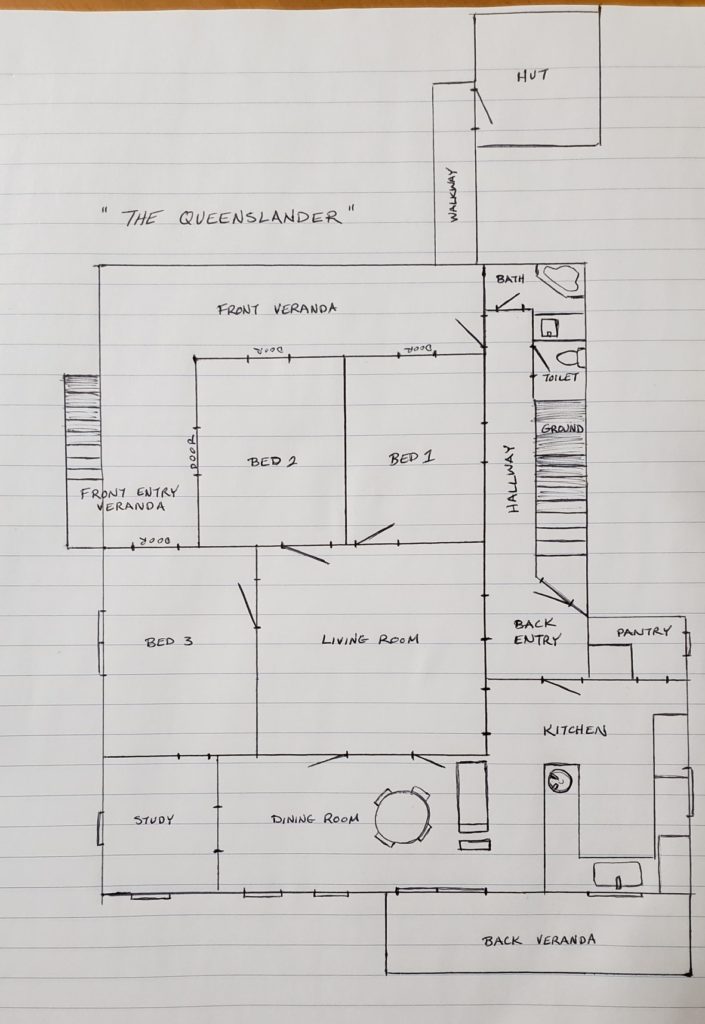



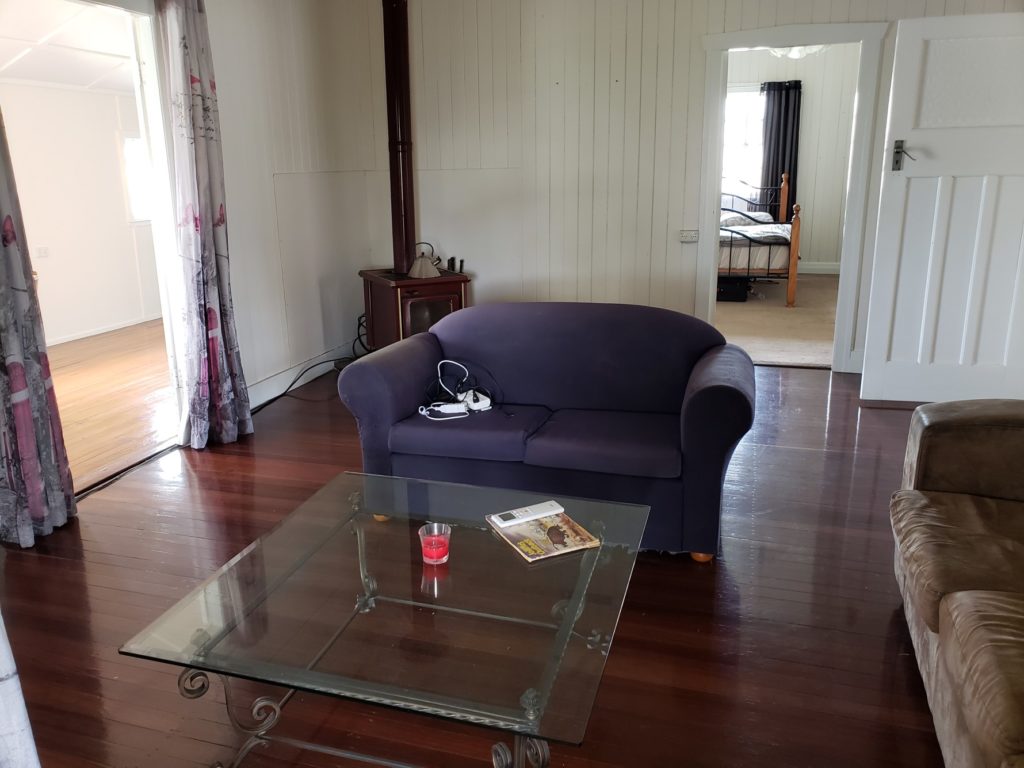
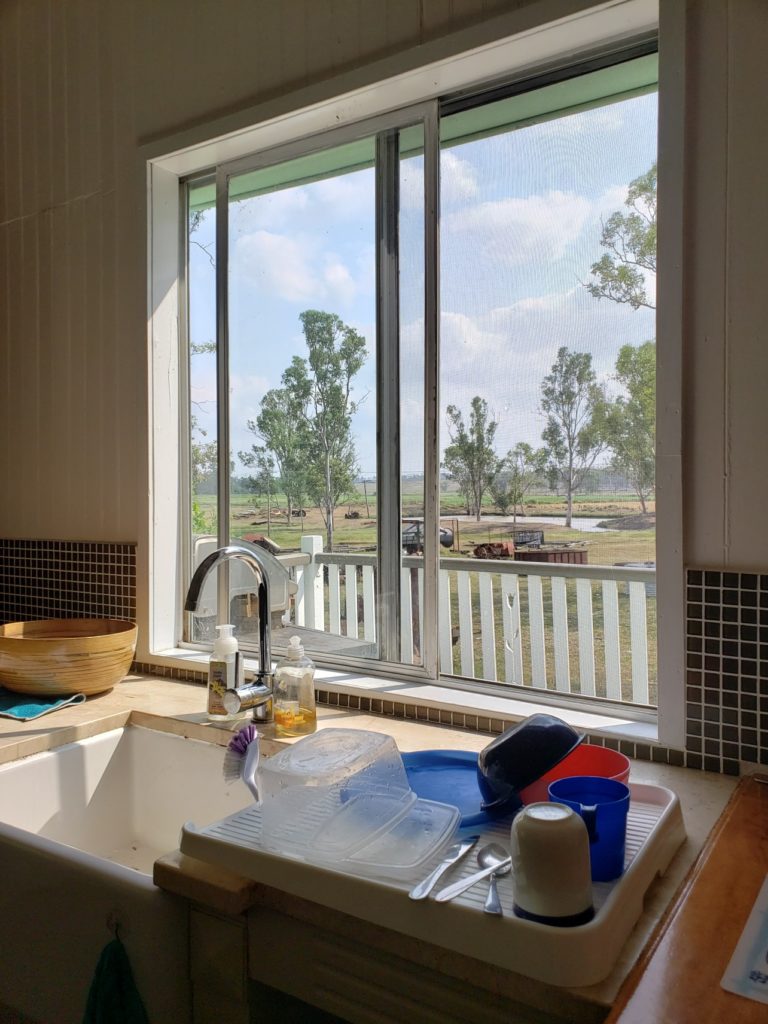
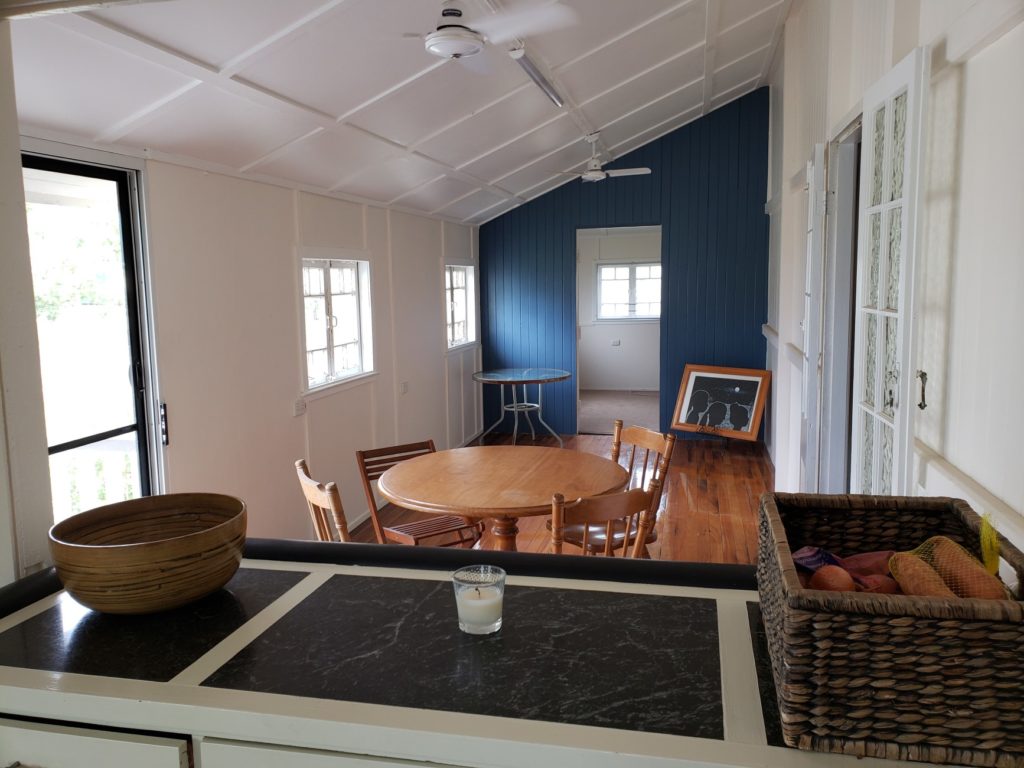
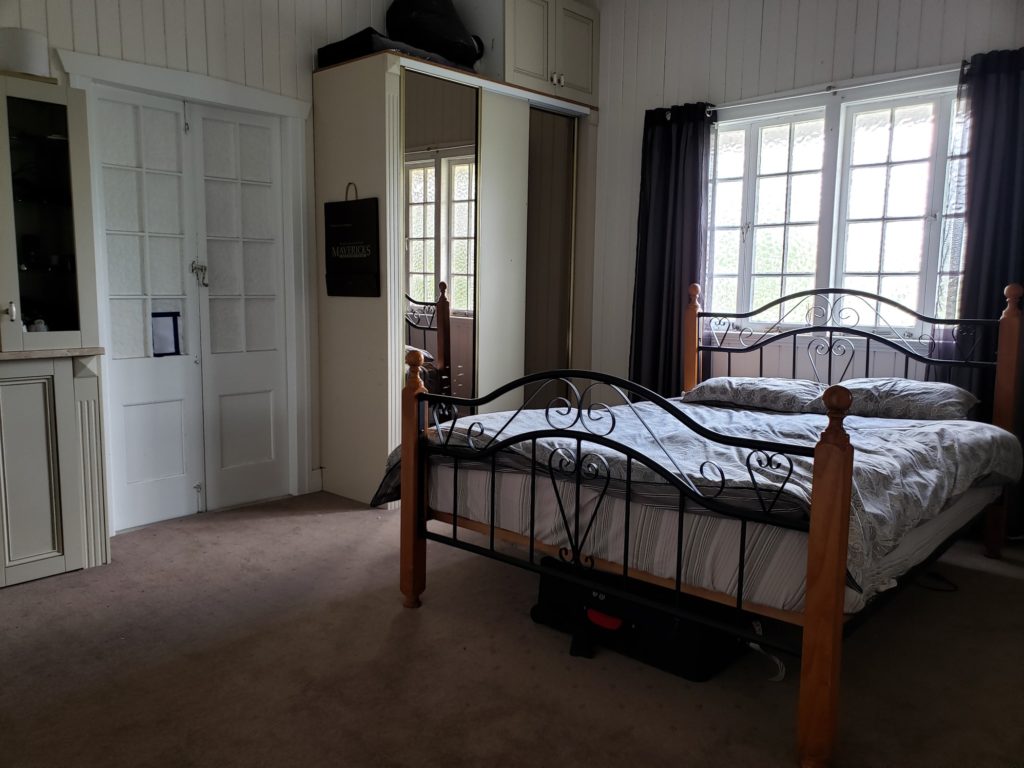
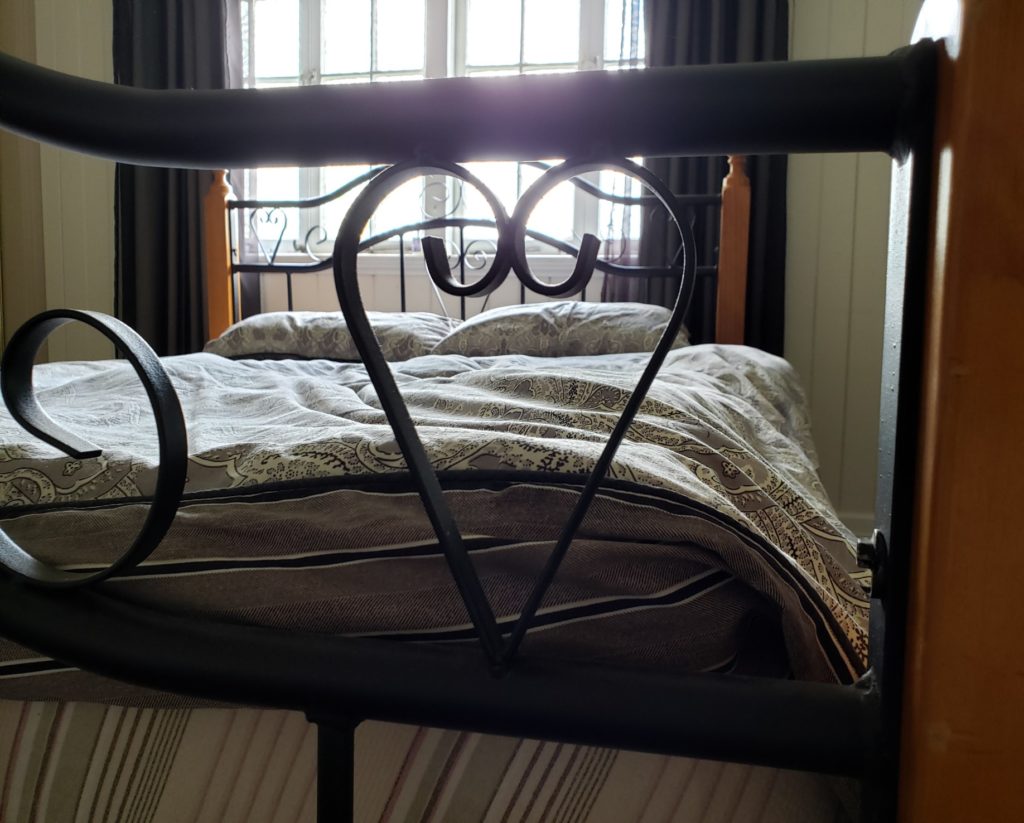
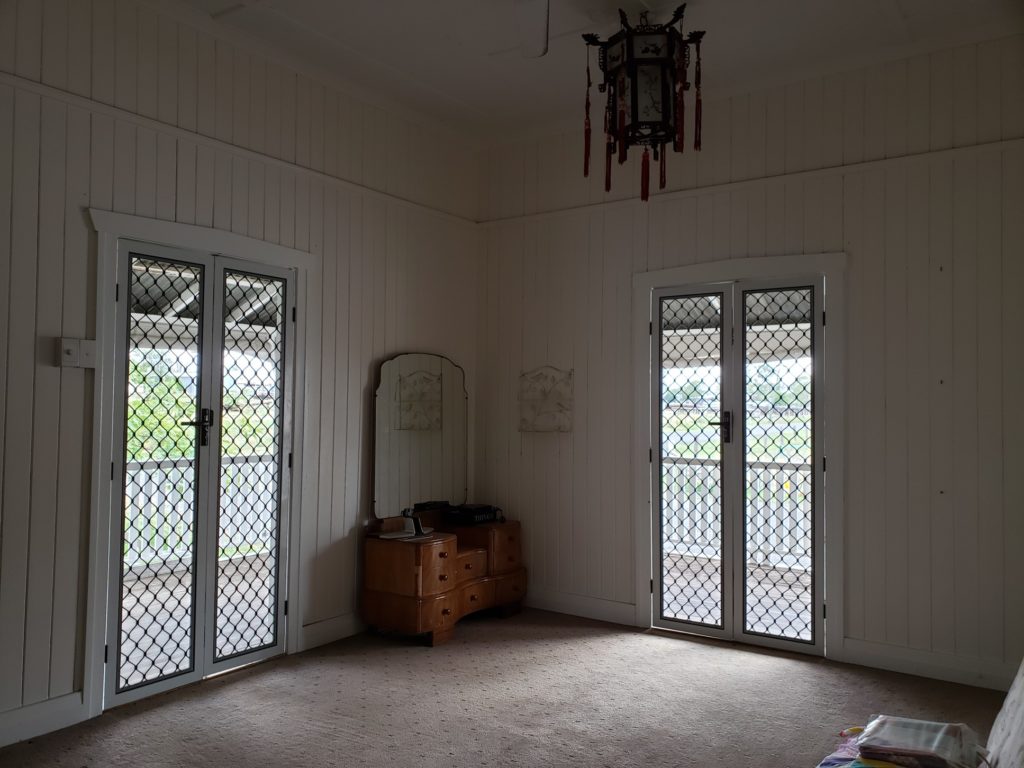
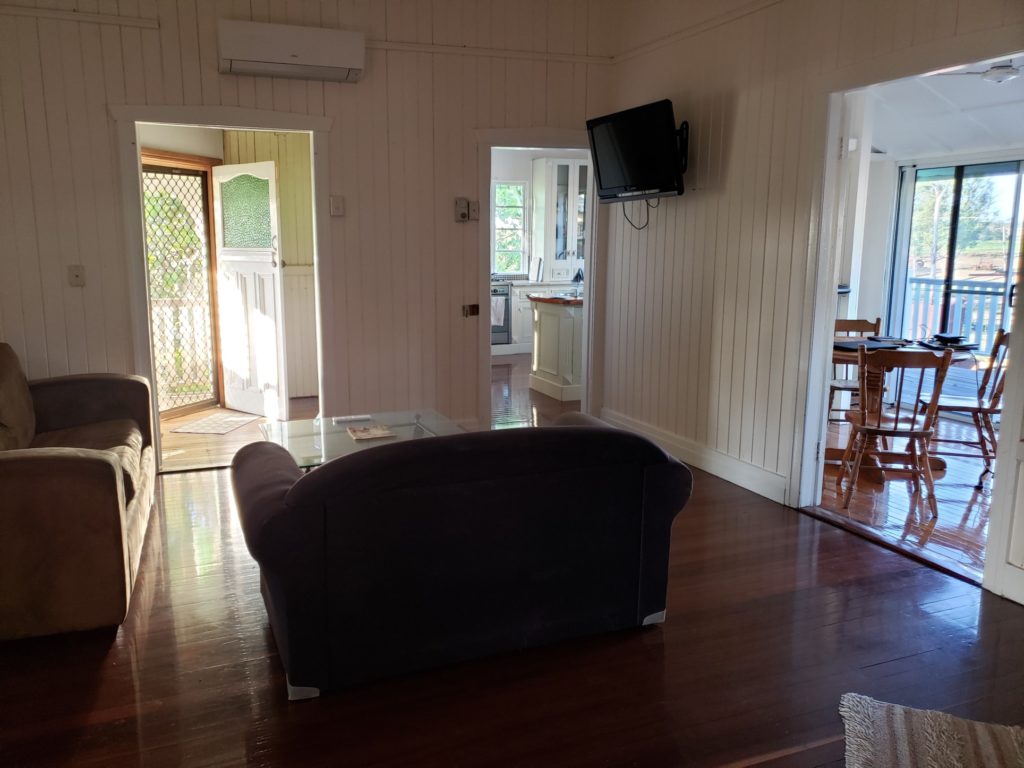
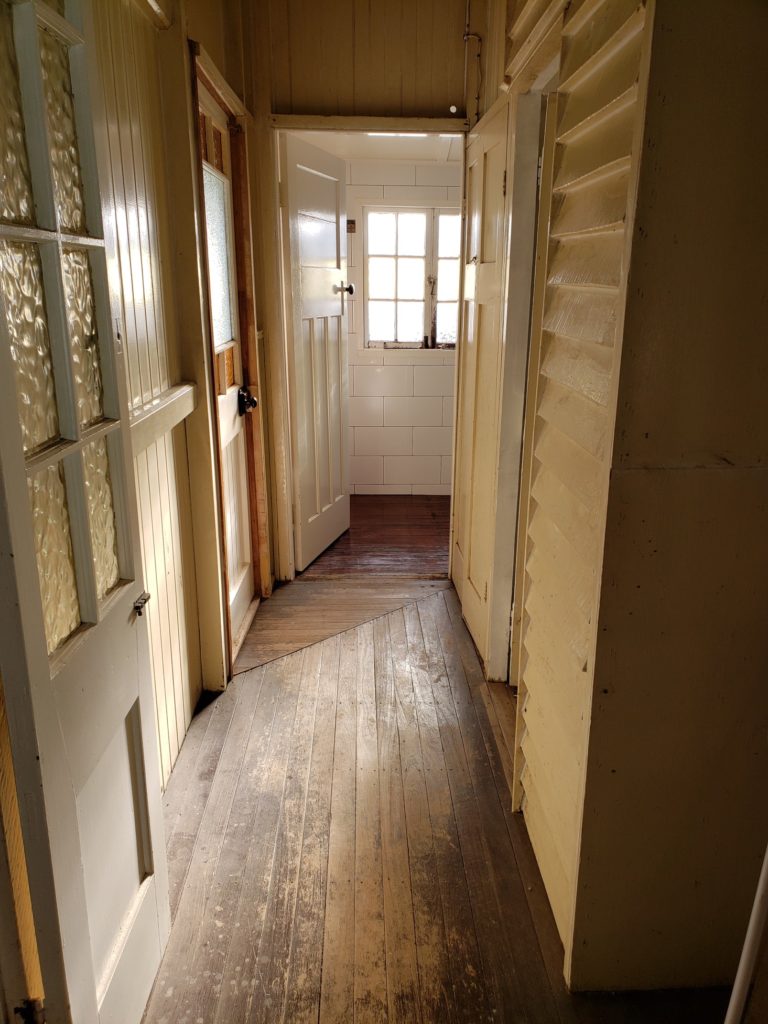
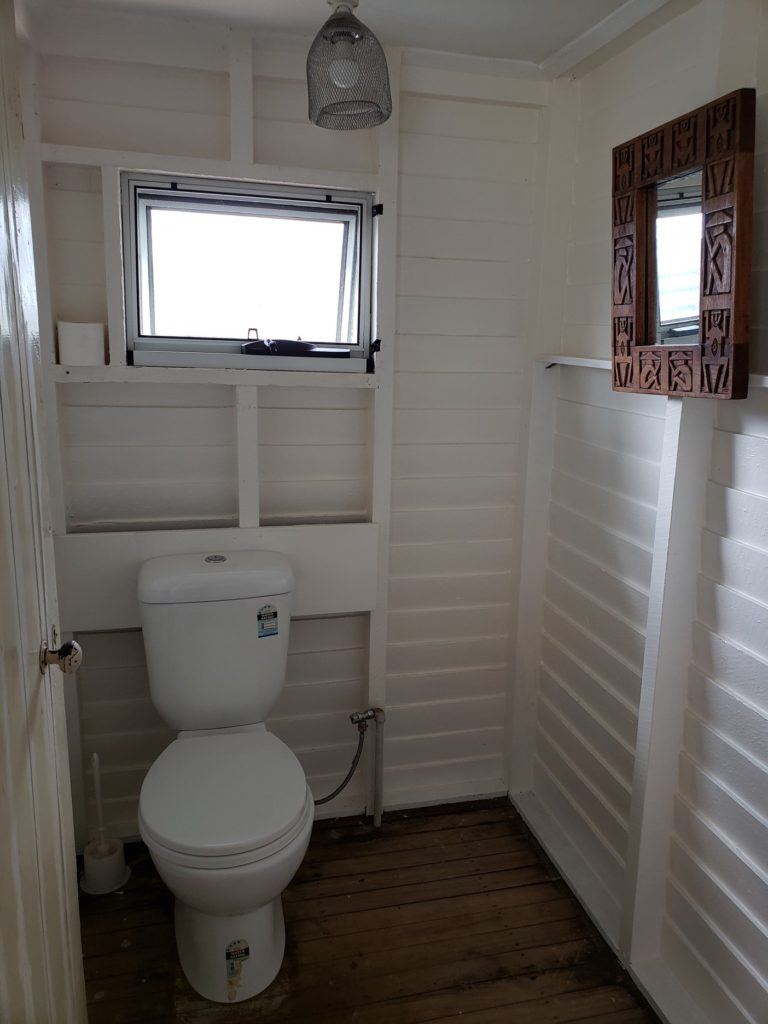
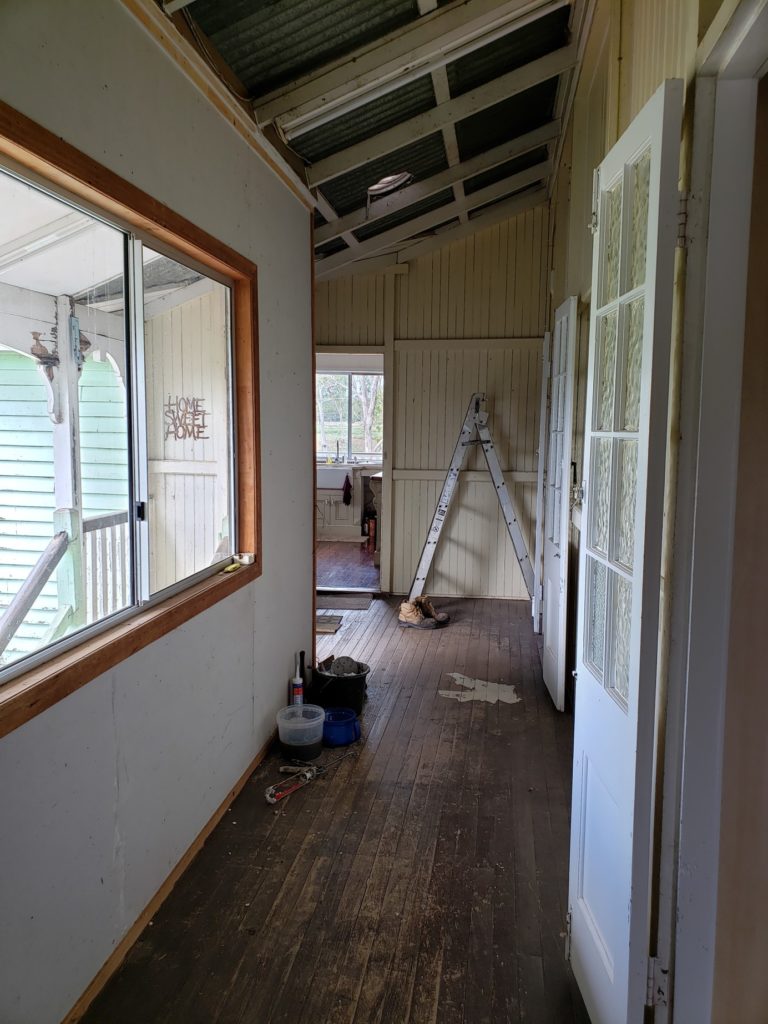

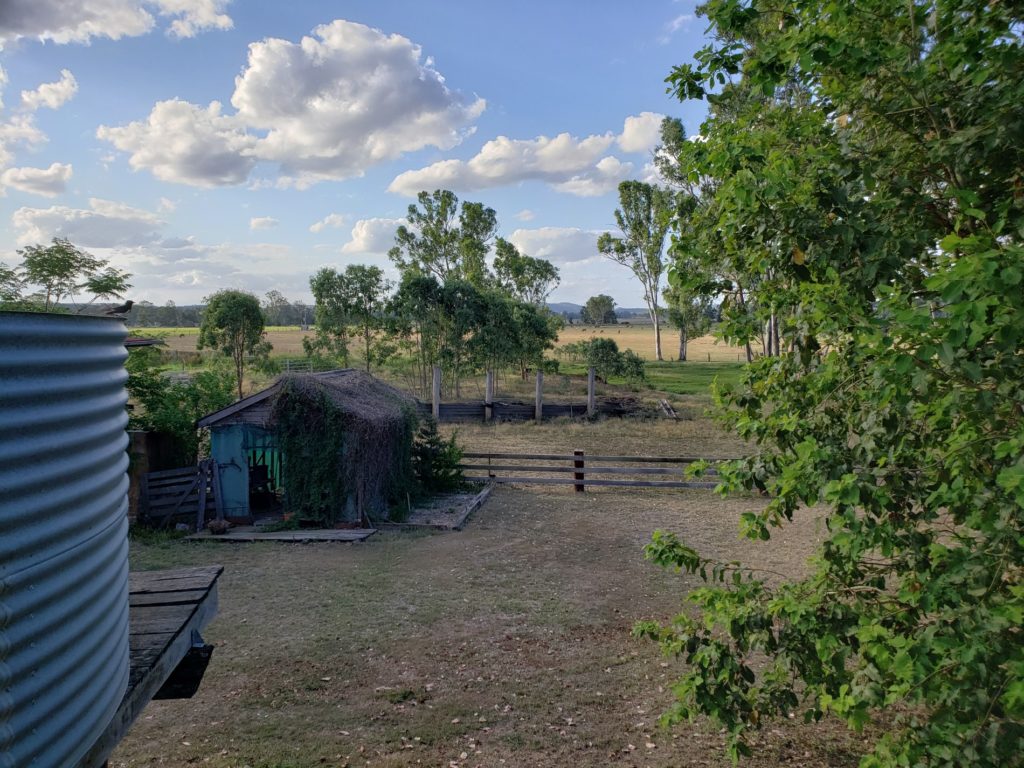
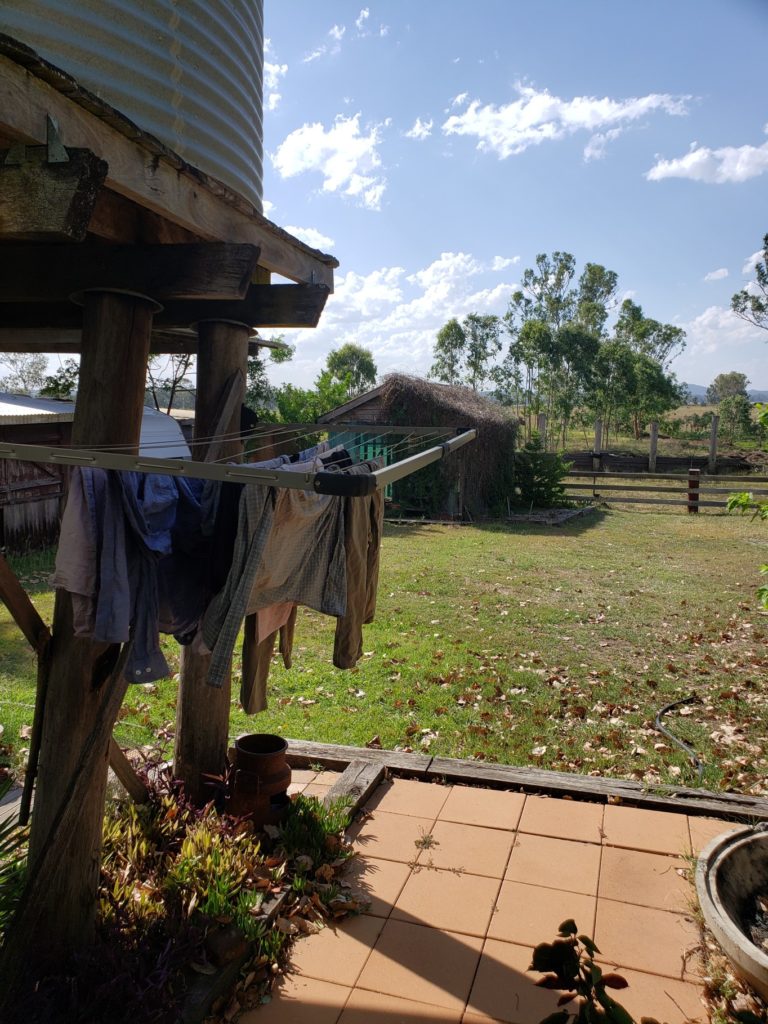

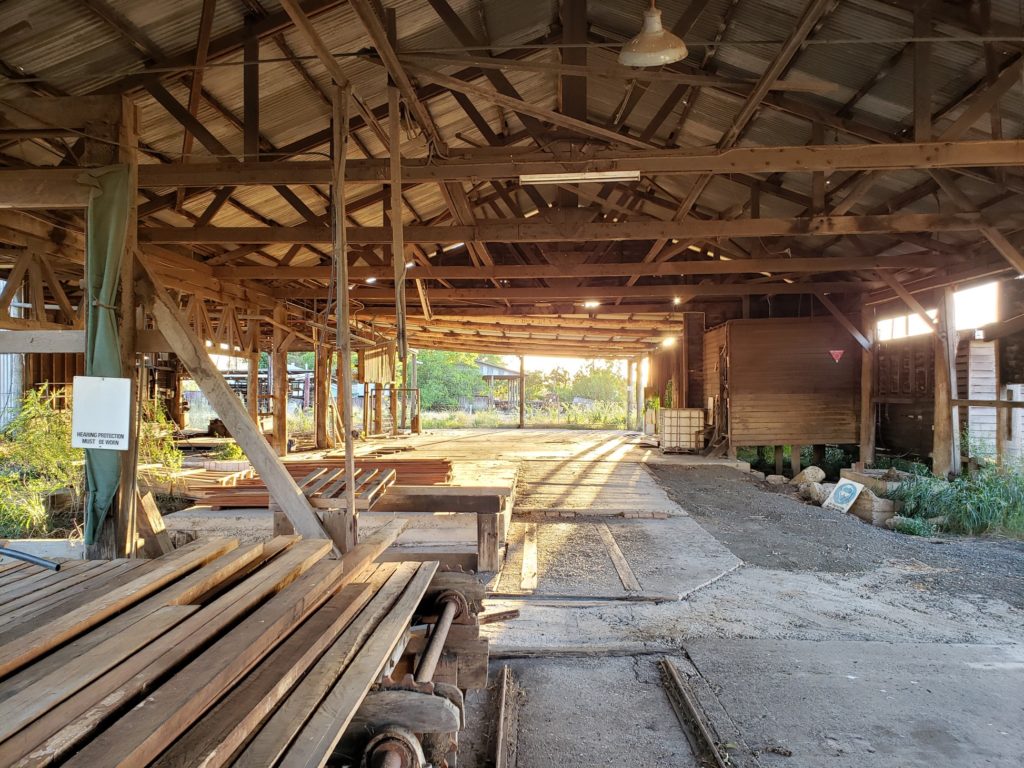
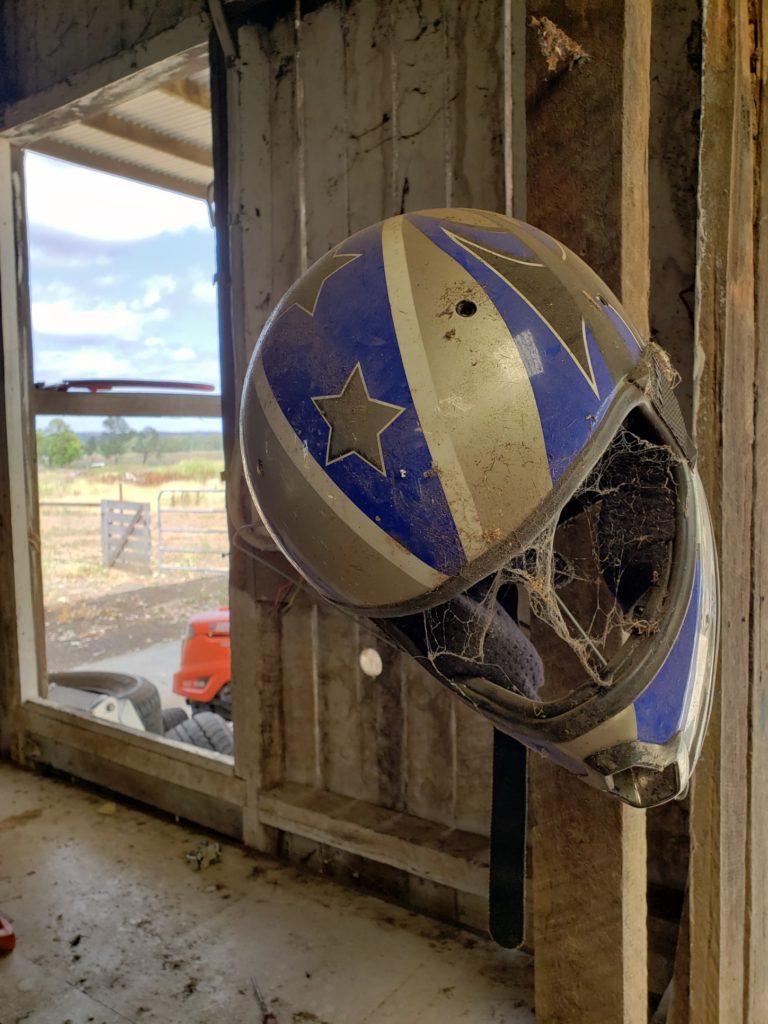

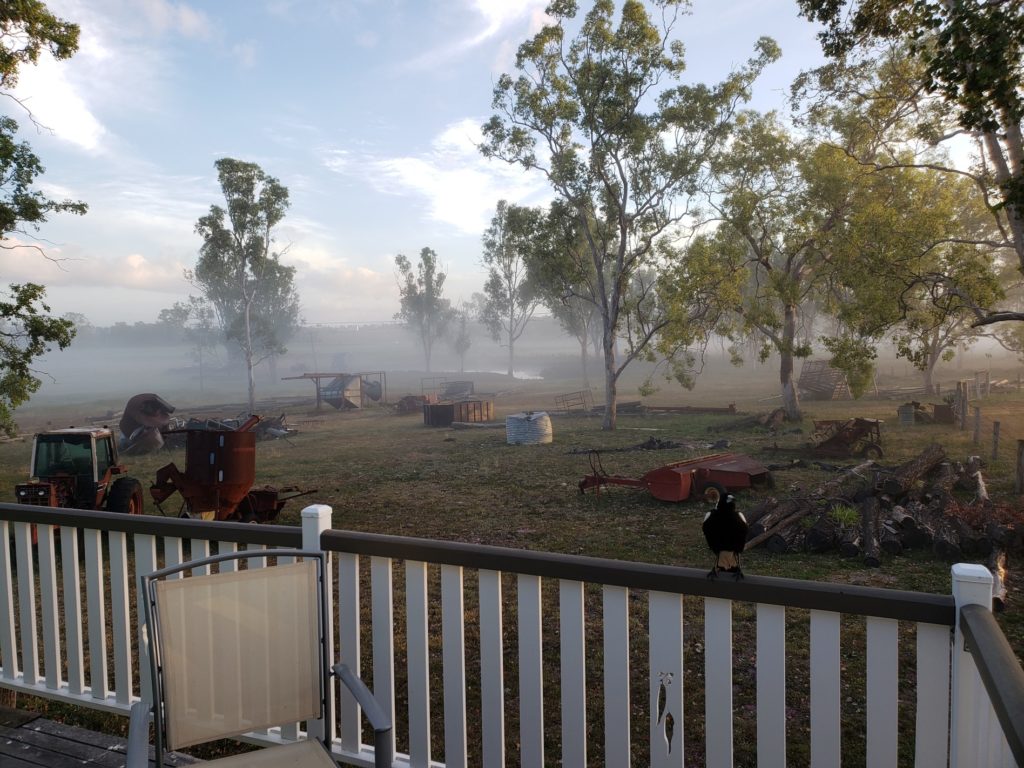
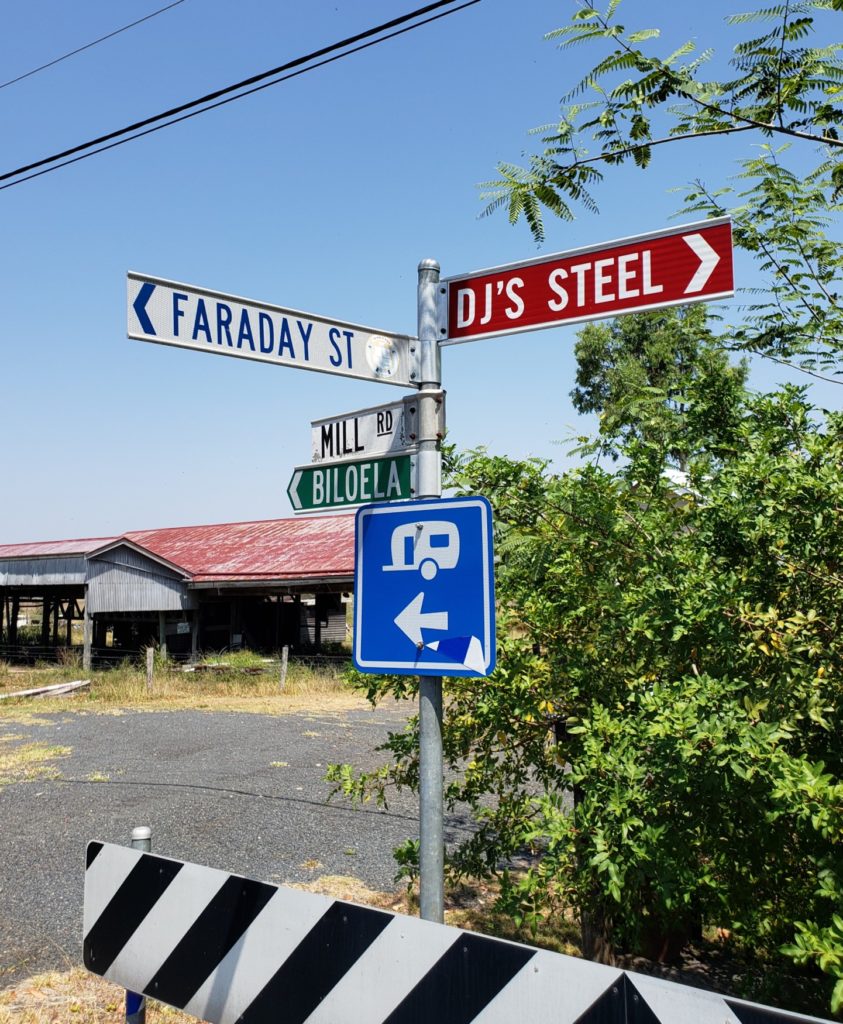
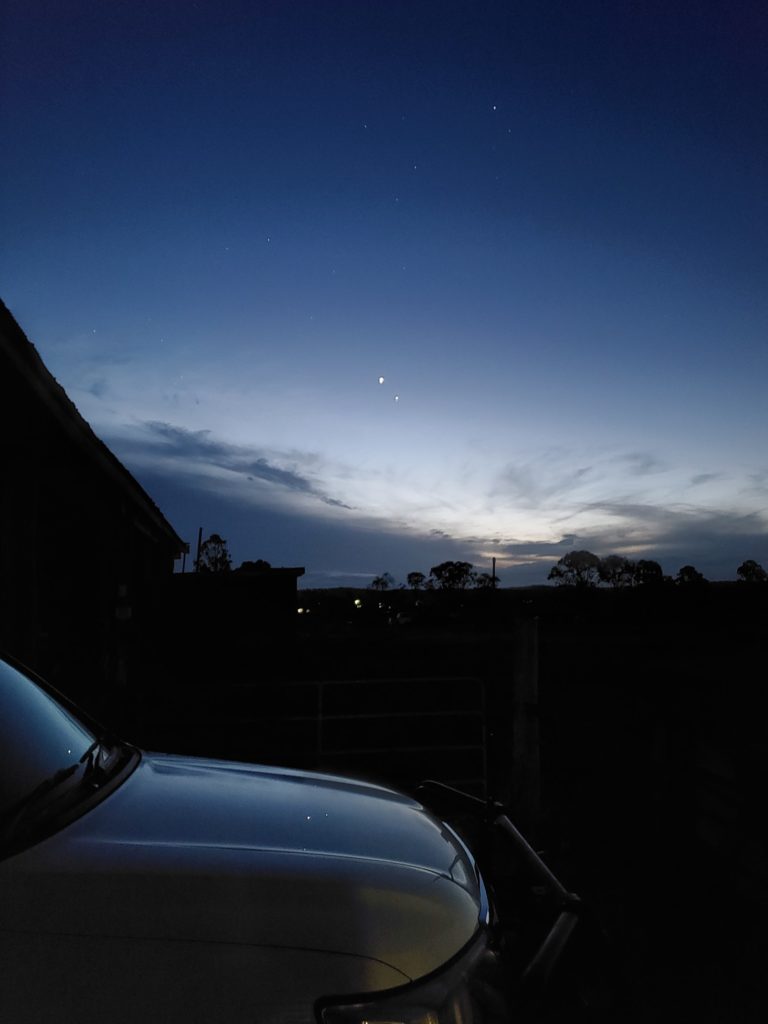
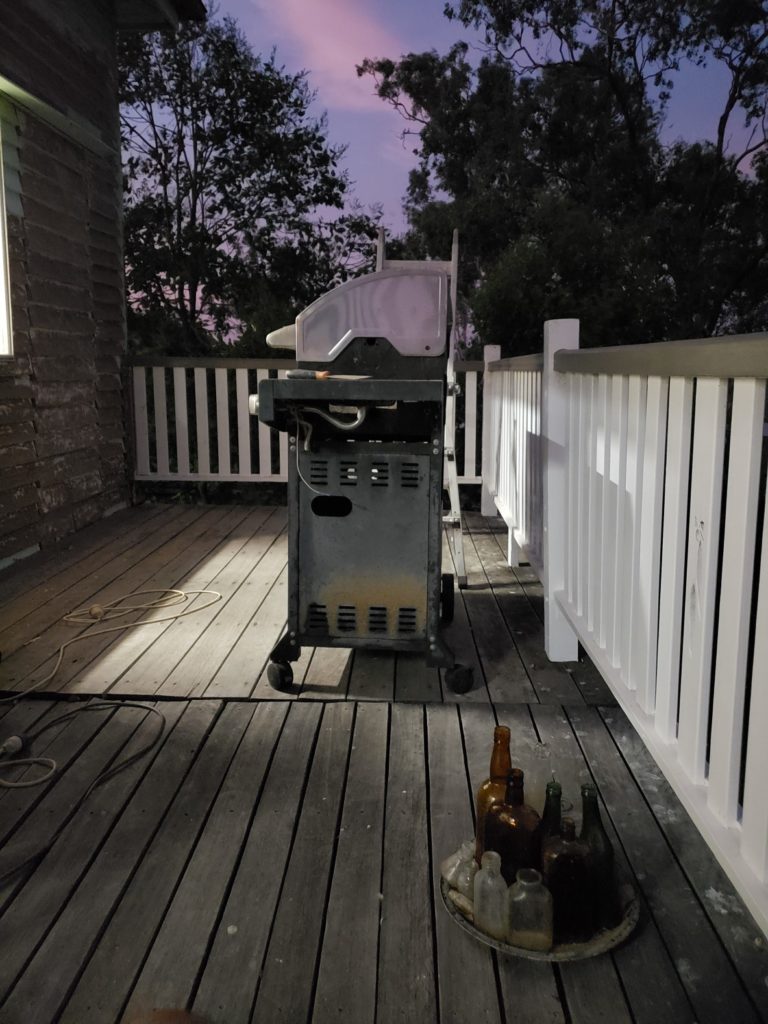

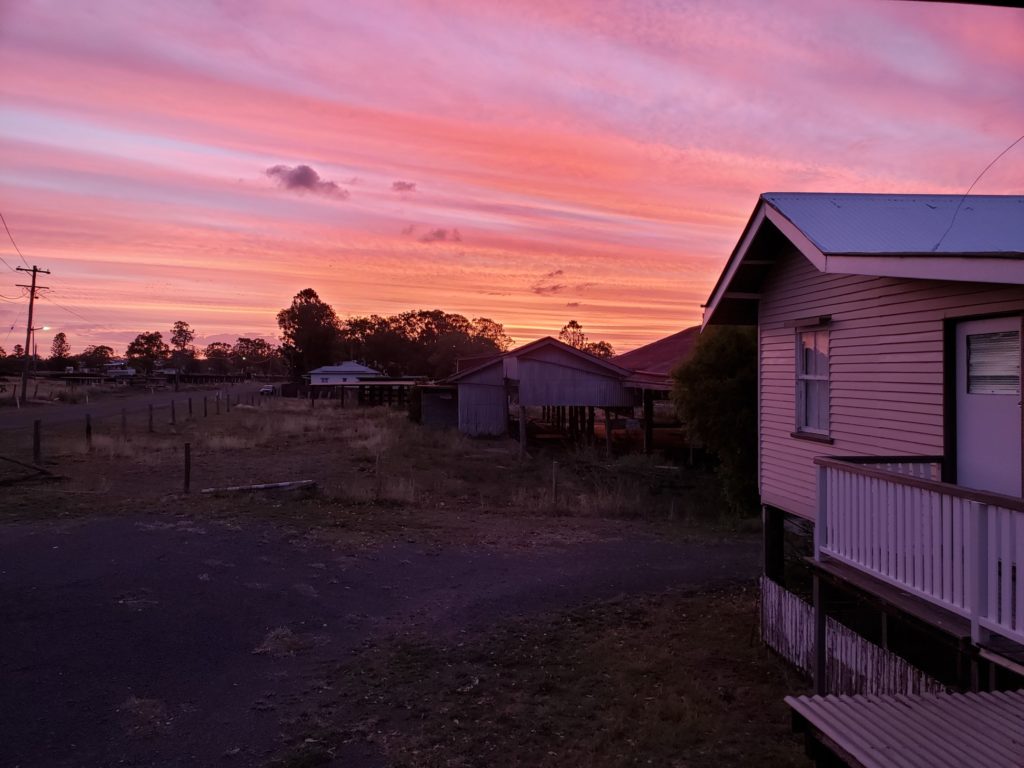

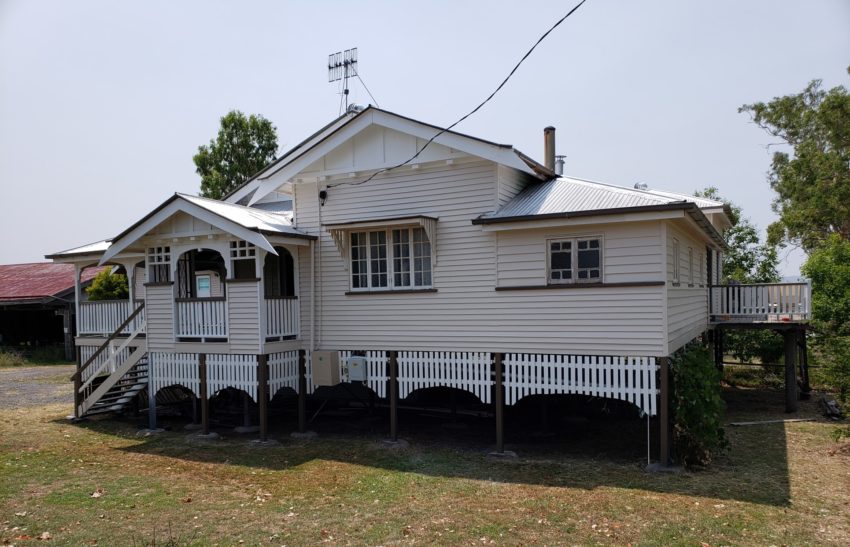
I love All of those kingdom hearts bed action shots!
Nevermind the bed, I found EPONA! Stay tuned…
Thanks for your words to let me see a house called home. You paint it more, you get harvest more. Lucky man:)